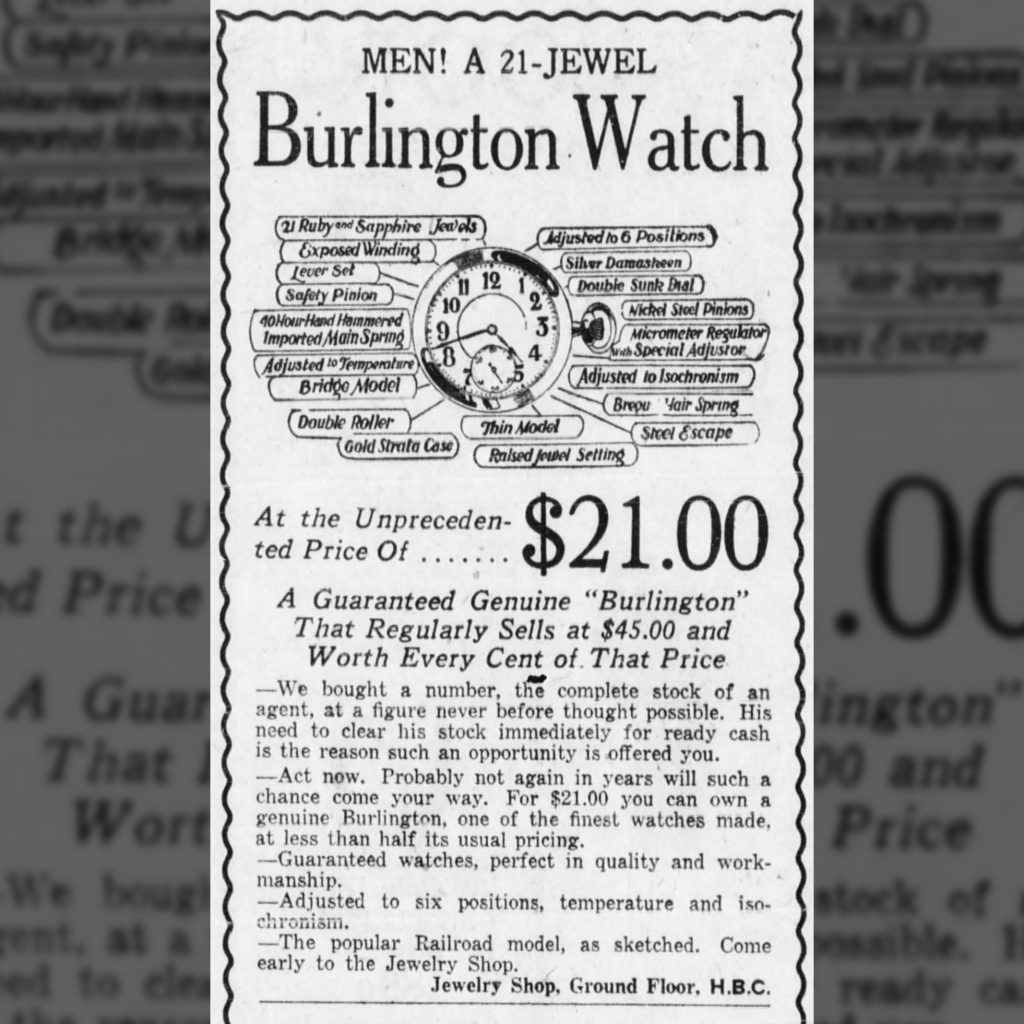Private Label Trade Names on American Pocket Watches: The Non-Magnetic Watch Company: Part 9: Paillard’s American Patents: Palladium Compensation Balance

In addition to seeking patents in Europe, Charles-Auguste Paillard submitted patent applications in the United States to protect the use of his palladium alloys in watchmaking.
The original set of patent applications was submitted on June 1, 1886, coinciding with efforts to secure patents in England, France, and Germany. The first patent granted to Paillard in the United States was for his compensation balance wheel made from palladium alloys.
The patent documentation references English Patent #8730 and describes his compensation balance in detail:
“The object of my invention is to produce a bi-metallic compensation-balance which will not be subject to magnetic and climatic influences to heat or cold, not affected by or subject to rust or corrosion – in other works, a compensation-balance practically, if not entirely, non-magnetic, inoxidizable, and non-dilatable.”U.S. Patent #359093
The documentation indicates the alloy Paillard used for the compensation balance is a mixture of palladium and copper. The outer rim of the bimetallic balance was composed of silver or a similar non-oxidizable and non-magnetic material with appropriate expansion properties.
U.S. Patent #359093 was issued to Paillard on March 8, 1887, and represents the only specific device created by Paillard to receive a patent. Other patents granted to Paillard describe generalized palladium alloy mixtures.




2 Comments